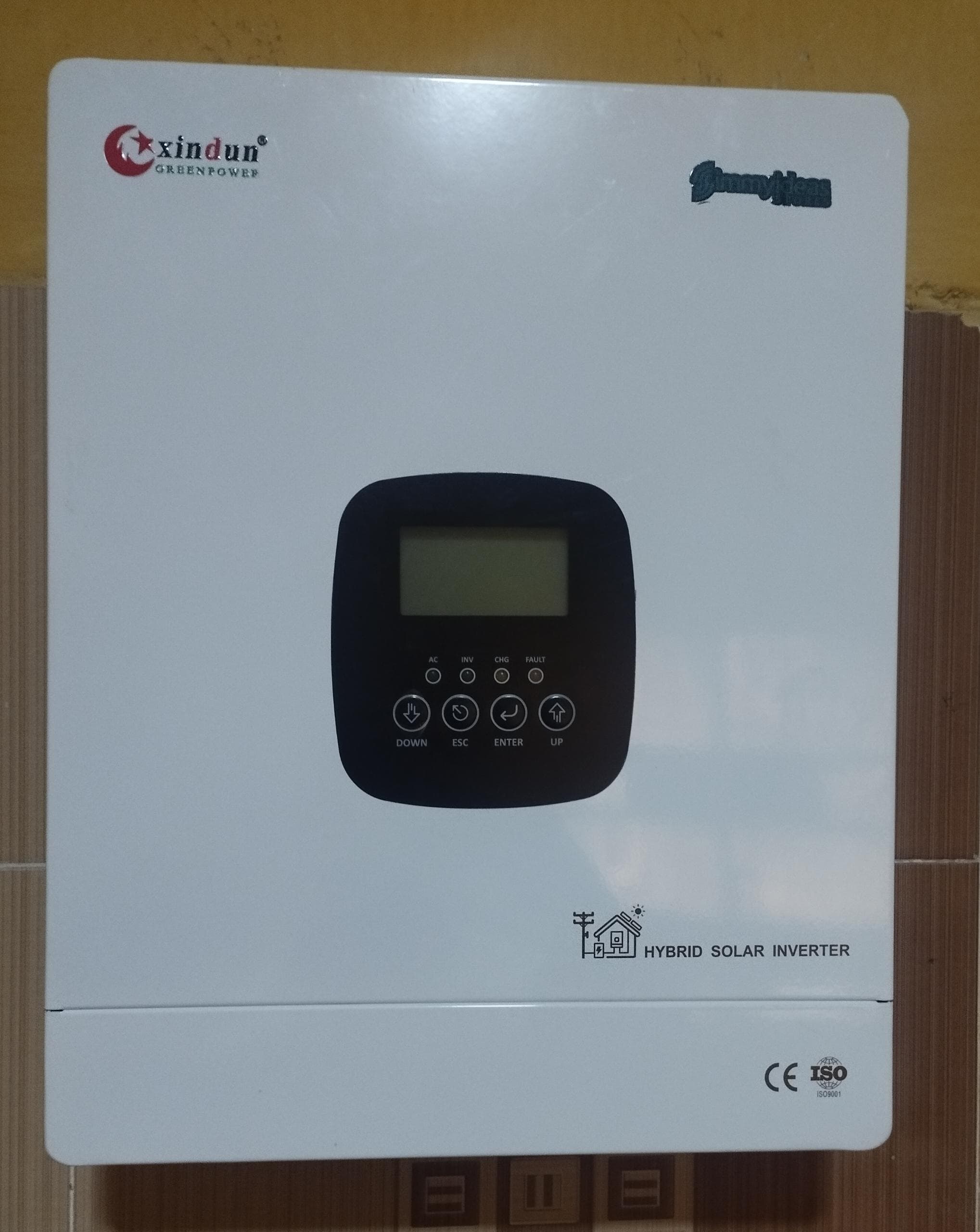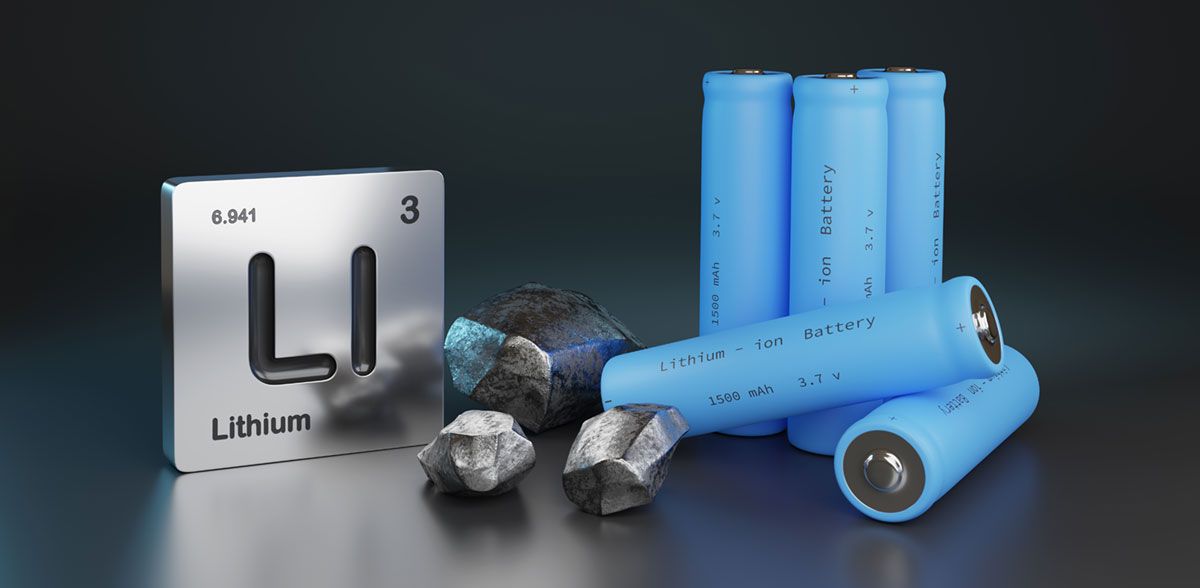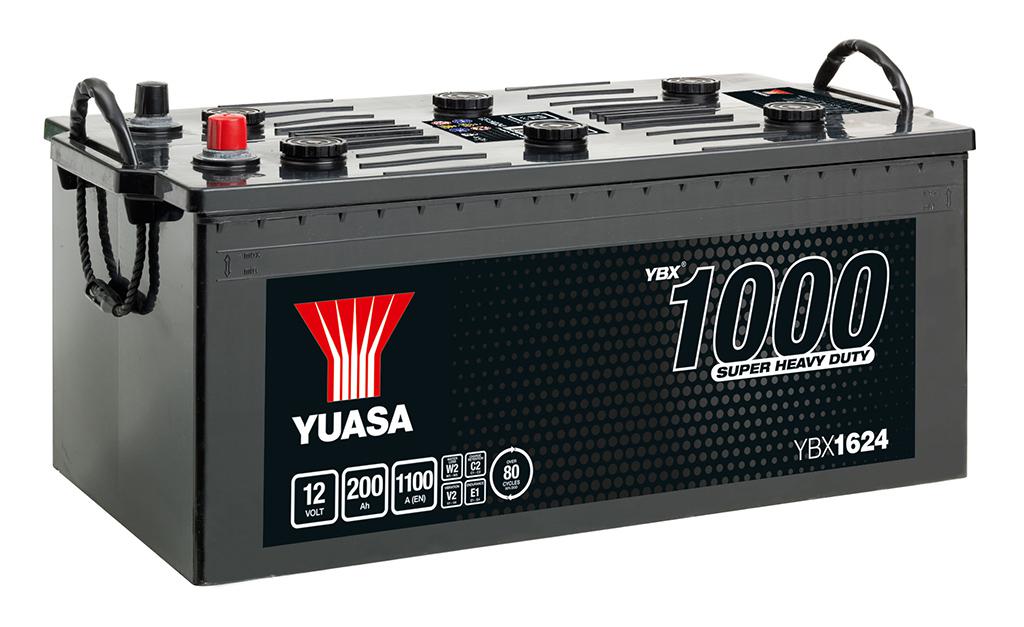Looking to reduce your electricity bills while gaining energy independence? A 4.3KVA hybrid solar inverter for your home offers the perfect balance of power, efficiency, and smart energy management. This solar power system combines the best of both worlds by storing excess energy in batteries while staying connected to the electrical grid for maximum reliability.
Understanding the 4.3KVA Hybrid Solar Inverter
A 4.3KVA hybrid solar inverter for your home is a sophisticated piece of equipment that converts direct current (DC) electricity from solar panels into alternating current (AC) electricity that your household appliances use. The “hybrid” feature means it can work with both solar panels and batteries, plus it stays connected to your local power grid.
What Makes It Hybrid?
The hybrid functionality allows your system to:
- Store extra solar energy in batteries during sunny days
- Use stored battery power during nighttime or cloudy weather
- Switch to grid power when batteries are low
- Sell excess power back to the utility company
- Automatically manage power flow between all three sources
This smart switching happens without any input from you, making it incredibly user-friendly for homeowners who want solar power without the complexity.
Technical Specifications You Should Know
When considering a 4.3KVA hybrid solar inverter for your home, understanding the basic specifications helps you make informed decisions:
Power Output: 4.3KVA equals approximately 4,300 watts of continuous power, which is suitable for most average-sized homes.
Efficiency Rating: Most quality units operate at 95-97% efficiency, meaning very little energy is lost during conversion.
Input Voltage Range: Typically accepts 150-500V DC from solar panels, accommodating various panel configurations.
Battery Compatibility: Works with lithium-ion, lead-acid, and newer battery technologies.
Key Benefits of Installing This System in Your Home
Significant Electricity Bill Reduction
The primary advantage of a 4.3KVA hybrid solar inverter for your home is the dramatic reduction in monthly electricity costs. Most homeowners see 60-90% reduction in their power bills, depending on their energy usage patterns and local solar conditions.
During peak sunshine hours, your solar panels generate more electricity than your home typically uses. Instead of this excess power going to waste, the hybrid inverter stores it in batteries for later use. This stored energy powers your home during evening hours when electricity rates are often highest.
Backup Power During Outages
Unlike traditional grid-tied solar systems that shut down during power outages, a hybrid solar power system keeps essential appliances running using stored battery power. This means your refrigerator, lights, and communication devices stay operational during storms or grid failures.
The system automatically detects when grid power is lost and seamlessly switches to battery backup mode within milliseconds. Most homeowners don’t even notice the transition, as lights and appliances continue running normally.
Environmental Impact
Installing a 4.3KVA hybrid solar inverter for your home significantly reduces your carbon footprint. The average system prevents 3-5 tons of carbon dioxide emissions annually, equivalent to planting 75-125 trees each year.
Solar energy is completely renewable and produces no harmful emissions during operation. By choosing solar power, you’re contributing to cleaner air and helping combat climate change while saving money.
How Much Power Does a 4.3KVA System Provide?
Understanding the actual power output helps you determine if a 4.3KVA hybrid solar inverter for your home meets your energy needs.
Daily Power Generation
A typical 4.3KVA system generates 15-25 kilowatt-hours (kWh) daily, depending on:
- Your geographic location and sun exposure
- Season of the year
- Weather conditions
- Panel orientation and tilt angle
- Shading from trees or buildings
Monthly and Annual Production
Over a full year, expect your system to produce:
- Monthly: 450-750 kWh (varies by season)
- Annually: 5,500-9,000 kWh
To put this in perspective, the average American home uses about 10,500 kWh per year, so a well-designed 4.3KVA hybrid solar inverter situated for your home can cover 50-85% of typical household electricity needs.
Peak Power Capabilities
During optimal conditions, your 4.3KVA system can produce its full rated power of 4,300 watts simultaneously. This is enough to run:
- Central air conditioning (3,000W)
- Refrigerator (600W)
- LED lighting throughout the house (200W)
- Television and electronics (300W)
- Computer and Wi-Fi equipment (200W)
Installation Requirements and Space Considerations
Roof Space and Orientation
A 4.3KVA hybrid solar inverter for your home typically requires 250-350 square feet of roof space for the solar panels. The ideal setup includes:
South-facing roof sections receive the most sunlight throughout the day, maximizing power production. However, east and west-facing roofs can also work well, producing about 10-15% less energy.
Roof angle between 15-40 degrees optimizes sun exposure. Steeper or flatter roofs still work but may require specialized mounting equipment.
Minimal shading from trees, buildings, or other structures ensures consistent power production throughout the day.
Indoor Installation Space
The inverter unit itself is typically wall-mounted and requires:
- 3 feet x 2 feet of wall space
- Ventilation clearance of 2 feet on all sides
- Protection from direct weather exposure
- Access for maintenance and monitoring
Most homeowners install the inverter in their garage, basement, or utility room. The unit operates quietly, so noise is rarely a concern.
Electrical Panel Upgrades
Some homes may need electrical panel upgrades to accommodate a 4.3KVA hybrid solar inverter situated for your home. Your installer will evaluate:
- Available breaker space
- Panel age and condition
- Grounding requirements
- Local electrical code compliance
Modern electrical panels usually accommodate solar installations easily, but homes built before 1990 may need upgrades.
Cost Analysis and Return on Investment
Initial Investment Breakdown
The total cost for a 4.3KVA hybrid solar inverter for your home typically ranges from $12,000-$18,000 before incentives, including:
Equipment costs (60-70% of total):
- Solar panels: ₦1,280,000
- Hybrid inverter: ₦600,000
- Battery system: ₦1,000,000
- Mounting hardware: ₦50,000
- Electrical components: ₦100,000
Installation costs (30-40% of total):
- Professional installation: ₦500,000
- Permits and inspections: ₦100,000
- System design and engineering: ₦300,000
Payback Period and Long-term Savings
Most homeowners recover their investment in a 4.3KVA hybrid solar inverter for your home within 6-10 years through electricity bill savings. After the payback period, the system continues generating free electricity for 15-20 additional years.
Total lifetime savings typically range from $20,000-$40,000, depending on local electricity rates and energy usage patterns.
Choosing the Right Battery Configuration
Battery Types and Capacity
The battery component of your 4.3KVA hybrid solar inverter for your home determines how much energy you can store for later use:
Lithium-ion batteries offer the best performance with:
- 10-15 year lifespan
- 90-95% efficiency
- Compact size and lightweight design
- Minimal maintenance requirements
Lead-acid batteries provide a lower-cost option with:
- 5-8 year lifespan
- 80-85% efficiency
- Larger size and heavier weight
- Regular maintenance needs
Recommended Battery Capacity
For a 4.3KVA hybrid solar inverter for your home, typical battery configurations include:
10-15 kWh capacity: Provides 1-2 days of backup power for essential appliances during outages.
15-20 kWh capacity: Supports whole-house backup power for 12-24 hours, depending on usage.
20+ kWh capacity: Enables multiple days of off-grid operation or maximum energy independence.
Expandable Battery Systems
Many 4.3KVA hybrid solar inverter systems allow you to start with a smaller battery bank and expand later as needs change or budgets allow. This modular approach lets you:
- Begin with basic backup power capability
- Add capacity as energy needs grow
- Spread the investment over time
- Upgrade to newer battery technology when available
Maintenance and Longevity
Routine Maintenance Requirements
A 4.3KVA hybrid solar inverter for your home requires minimal maintenance to operate efficiently:
Monthly tasks:
- Check system monitoring displays for any error messages
- Verify battery charge levels are maintaining properly
- Clean debris from around the inverter unit
Annual tasks:
- Professional system inspection and performance check
- Solar panel cleaning (if needed based on local conditions)
- Battery health assessment and maintenance
- Electrical connection inspection
Expected System Lifespan
Different components of your 4.3KVA hybrid solar inverter for your home have varying lifespans:
Solar panels: 25-30 years with minimal performance degradation
Hybrid inverter: 10-15 years with proper maintenance
Batteries: 5-15 years depending on type and usage patterns
Mounting systems: 25+ years with quality materials
Warranty Coverage
Reputable manufacturers provide comprehensive warranties for 4.3KVA hybrid solar inverter systems:
- Solar panels: 20-25 year performance warranties
- Inverter: 5-10 year manufacturer warranties
- Batteries: 5-10 year capacity warranties
- Installation: 2-5 year workmanship warranties
Common Household Appliances You Can Run
Essential Appliances
A 4.3KVA hybrid solar inverter for your home easily powers essential household items:
Kitchen appliances:
- Refrigerator and freezer (continuous operation)
- Microwave (intermittent use)
- Coffee maker and small appliances
- LED lighting throughout the kitchen
Living areas:
- Television and entertainment systems
- Computer and home office equipment
- Wi-Fi router and communication devices
- Ceiling fans and LED lighting
High-Power Appliances
The 4.3KVA capacity handles most high-power appliances, though some require careful management:
Air conditioning: Central AC units typically use 2,000-4,000 watts, leaving capacity for other appliances.
Electric water heater: Uses 3,000-4,500 watts when heating, so timing matters for optimal system performance.
Electric vehicle charging: Level 1 charging (1,400 watts) works well, while Level 2 charging may require scheduling during peak solar production.
Load Management Strategies
Smart load management maximizes the effectiveness of your 4.3KVA hybrid solar inverter for your home:
- Run high-power appliances during peak solar production hours
- Use programmable timers for water heaters and pool pumps
- Stagger the operation of multiple high-draw devices
- Utilize energy-efficient appliances to reduce overall consumption
Grid-Tie vs Off-Grid Capabilities
Grid-Tied Operation Benefits
Most 4.3KVA hybrid solar inverter for your home installations operate in grid-tied mode, providing several advantages:
Net metering: Sell excess solar power back to the utility company, earning credits on your electricity bill.
Grid backup: When solar and battery power are insufficient, the system automatically draws from grid power.
Simplified sizing: Don’t need to size the system for worst-case scenarios since grid power provides backup.
Off-Grid Potential
While designed primarily for grid-tied operation, a 4.3KVA hybrid solar inverter for your home can operate off-grid with proper system design:
Larger battery banks: Off-grid operation requires 3-5 times more battery capacity for multi-day autonomy.
Generator backup: Many off-grid systems include a backup generator for extended cloudy periods.
Load monitoring: Off-grid living requires more careful energy management and conservation.
Hybrid Flexibility
The beauty of a 4.3KVA hybrid solar inverter for your home is its ability to operate in both modes:
- Grid-tied during normal operation
- Automatic off-grid switching during outages
- Manual off-grid mode for testing or special circumstances
This flexibility provides the benefits of both approaches without being locked into either option permanently.
Troubleshooting Common Issues
Performance Monitoring
Modern 4.3KVA hybrid solar inverter situated for your home systems include comprehensive monitoring capabilities:
Real-time data: Track current power production, consumption, and battery status through smartphone apps or web portals.
Historical analysis: Review daily, monthly, and annual performance trends to identify issues early.
Alert systems: Receive notifications for system faults, maintenance needs, or performance problems.
Common Issues and Solutions
Reduced power output:
- Check for shading on solar panels
- Clean panels if dust or debris is present
- Verify all electrical connections are secure
- Contact installer if problems persist
Battery not charging properly:
- Check battery connections and fuses
- Verify charge controller settings
- Monitor for error codes on the inverter display
- Professional diagnosis may be needed for battery issues
Grid connection problems:
- Check main electrical panel breakers
- Verify utility grid is operational
- Reset inverter if necessary
- Contact installer for persistent grid issues
When to Call Professionals
While basic troubleshooting helps identify simple issues, certain problems require professional attention:
- Any electrical work or connections
- Inverter error codes that persist after reset
- Battery replacement or major repairs
- System performance significantly below expectations
A 4.3KVA hybrid solar inverter for your home represents one of the smartest investments you can make for energy independence, cost savings, and environmental responsibility. This technology provides reliable power, reduces electricity bills, and offers backup protection during outages while requiring minimal maintenance over its 20+ year lifespan.
READ ALSO:
- Pure Sine Wave Inverters: The Best Choice for Your Power Needs
- Off Grid Solar System: Powering Your Independence
- Best Solar Panels for Homes: A Comprehensive Guide to Choosing the Right System
Ready to take the next step toward energy independence? Contact local solar installers for quotes and site assessments to determine how a 4.3KVA hybrid solar inverter for your home can meet your specific energy needs and budget requirements.


